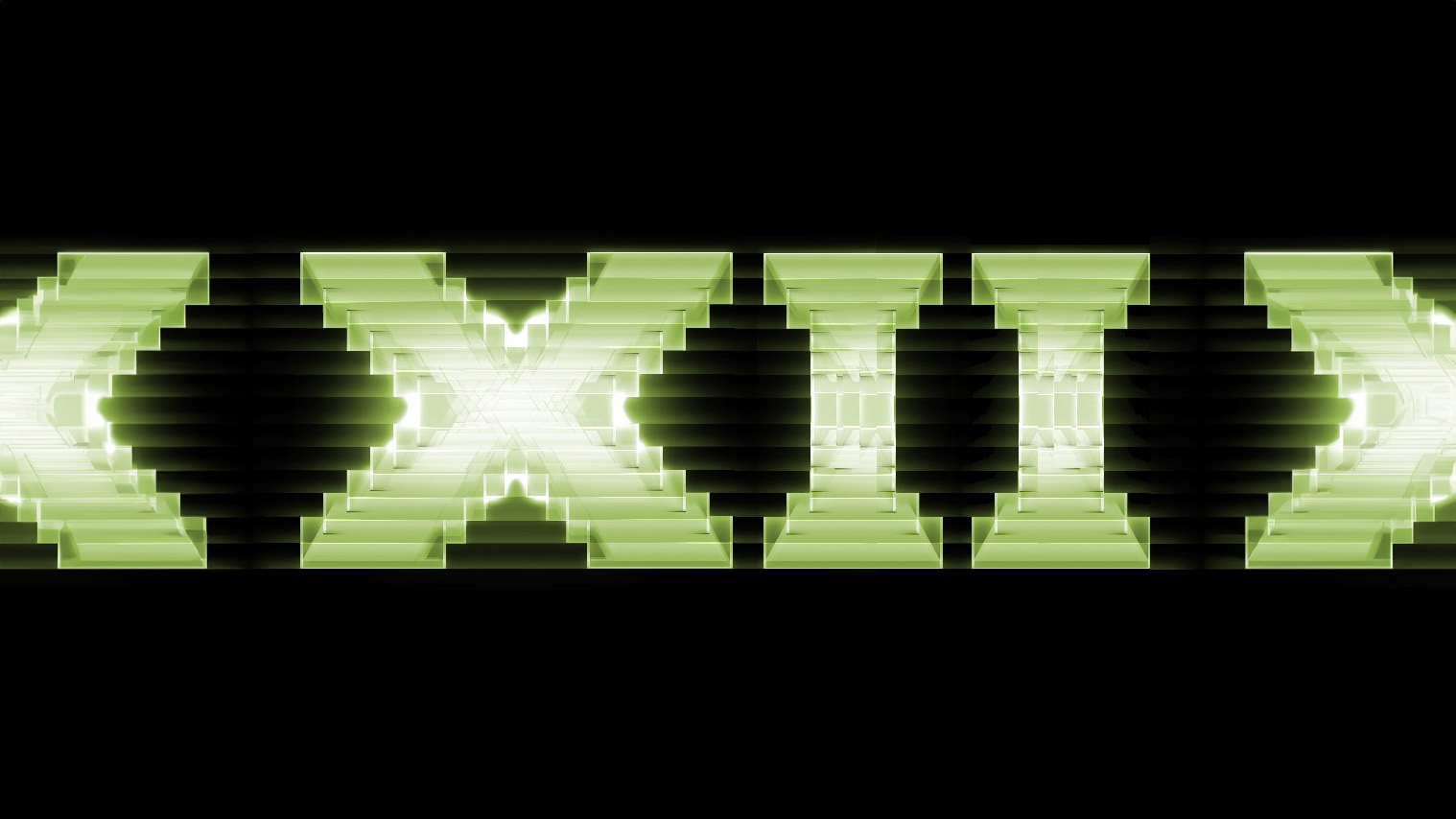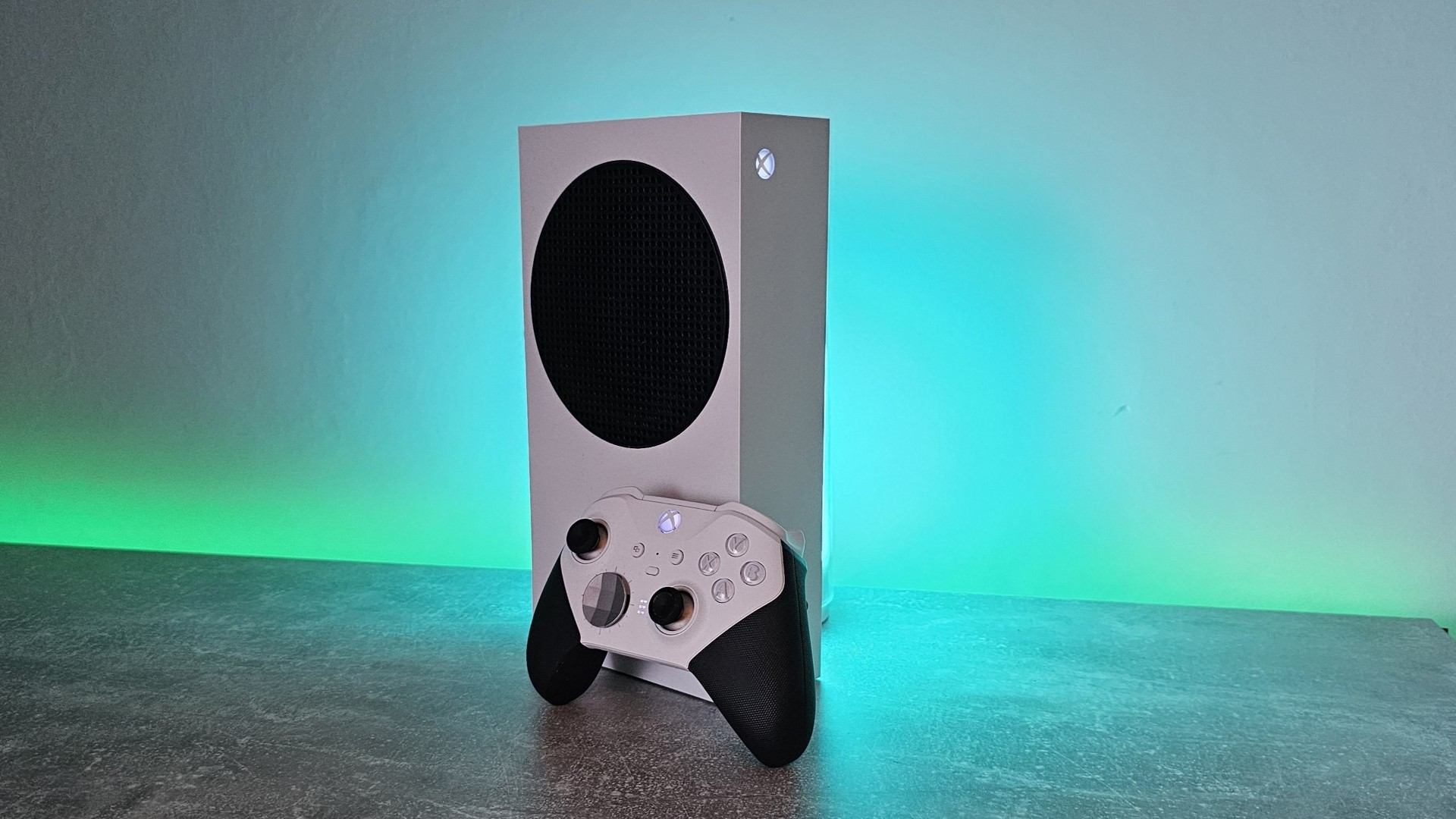
What you need to know
- Super resolution tech uses machine learning to enhance visuals and performance in scenarios where raw graphical power isn't always available.
- NVIDIA DLSS is the most famous solution, although Intel's XeSS and AMD's FidelityFX have also gained ground.
- Now, Microsoft is joining the fray with DirectSR, as part of the DirectX 12 suite.
- Microsoft will demonstrate DirectSR in more detail at GDC 2024 on March 21, and says that the API will unify different solutions on Windows with a single code path.
DirectX 12 is gaining an exciting new feature, per Microsoft.
DirectX is Microsoft's suite of APIs for producing multimedia applications on Windows-based devices. DirectX provides a consistent interface for software and hardware developers, creating applications and accessories most commonly associated with video games in recent times.
Related: What is DirectX?
The latest version of DirectX, known as DX12, enabled improvements such as ray tracing, variable rate shading, mesh shaders, and other features that result in more photorealistic graphics. A lot of these improvements have generally focused on higher-end computers and visuals, but this latest one could bring benefits to gamers on the lower-end of the spectrum too — and perhaps even Xbox Series S consoles.
Speaking on the DirectX blog, Joshua Tucker from the DirectX team revealed DirectSR, SR meaning Super Resolution, set to debut at GDC 2024 on March 21st.
We’re thrilled to announce DirectSR, our new API designed in partnership with GPU hardware vendors to enable seamless integration of Super Resolution (SR) into the next generation of games," Tucker elaborated, "Super Resolution is a cutting-edge technique that increases the resolution and visual quality in games. DirectSR is the missing link developers have been waiting for when approaching SR integration, providing a smoother, more efficient experience that scales across hardware."
Some had been expecting that Microsoft might introduce its own proprietary solution for resolution upscaling, which allows you to get a cleaner, crisper image without sacrificing performance in some scenarios. Instead, Microsoft is positioning DirectSR as a method for improving existing solutions, such as NVIDIA DLSS, AMD FidelityFX, and Intel's XeSS tech to create a unified structure for leveraging the tech.
Additionally, Microsoft will debut a new shader interface at GDC, dubbed Shader Model 6.8, as well as new features for PIX all set to launch alongside a new Agility SDK.
Machine learning and upscaling will have a big role to play in future console generations

Microsoft (and Sony too) generally partner with AMD for their game consoles, owing to the relative affordability when compared to other chips. Microsoft's rumored next-gen consoles have even been exploring ARM processor architecture, presumably to find ways to reduce costs. Historically, video game consoles have come down in cost over the course of a generation, but it hasn't happened this time around due to the A.I. and cloud server gold rush. All types of chips are faced with shortages, and that has kept costs high for Microsoft and Sony, as other costs have crept up as well.
To that end, you have to wonder what type of role super resolution and machine learning technology could have in the next console generation to lengthen the generation and add value. Microsoft is naturally positioned to leverage things like A.I. as well for supporting visuals, both from a developer side and perhaps even on the client-side as well.
We'll find out more from GDC about how Microsoft plans to leverage this tech, and whether or not it could bring benefits not just to Windows gaming PCs and gaming laptops, but also Xbox consoles.







